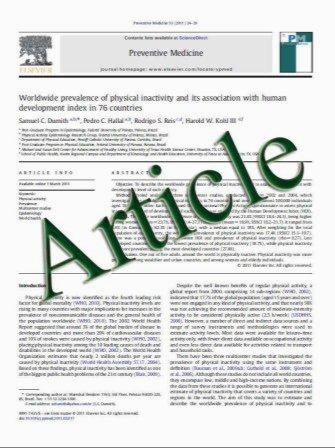Osteoclastogenesis and arthritis
- نوع فایل : کتاب
- زبان : انگلیسی
- مؤلف : Nicola Maruotti Maria Grano Silvia Colucci Francesca d’Onofrio Francesco Paolo Cantatore
- چاپ و سال / کشور: 2010
Description
There is emerging interest for osteoclasts as key players in the erosive and inflammatory events leading to joint destruction in chronic arthritis. In fact, chronic inflammatory joint diseases such as psoriatic arthritis and rheumatoid arthritis are often characterized by destruction of juxta-articular bone and erosions due to the elevated activity of osteoclasts, which are involved in bone resorption. The main step in inflammatory bone erosion is an imbalance between bone resorption and bone formation: osteoclast formation is enhanced by proinflammatory cytokines such as TNF-a, IL-1b, and IL-17 and is not balanced by increased activity of bone-forming osteoblasts. T-cells, stromal cells, and synoviocytes enhance osteoclast formation via expression of RANKL and, under pathologic conditions, of proinflammatory cytokines. In rheumatoid arthritis, accumulation of osteoclasts in synovial tissues and their activation associated with osteoclastogenic cytokines and chemokines at cartilage erosion sites suggest that they could be usefully selected as therapeutic target. In particular, in consideration of the primary role of RANKL and TNF-a in osteoclastogenesis, the control of the production of RANKL and the inhibition of TNF-a represent important strategies for reducing bone damage in this disease.
Clin Exp Med (2011) 11:137–145 DOI 10.1007/s10238-010-0117-2 Received: 26 July 2010 / Accepted: 12 October 2010 / Published online: 11 November 2010


